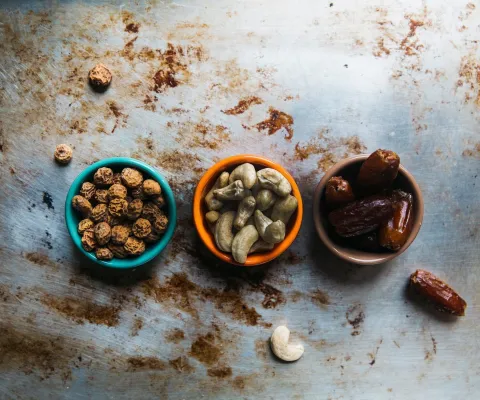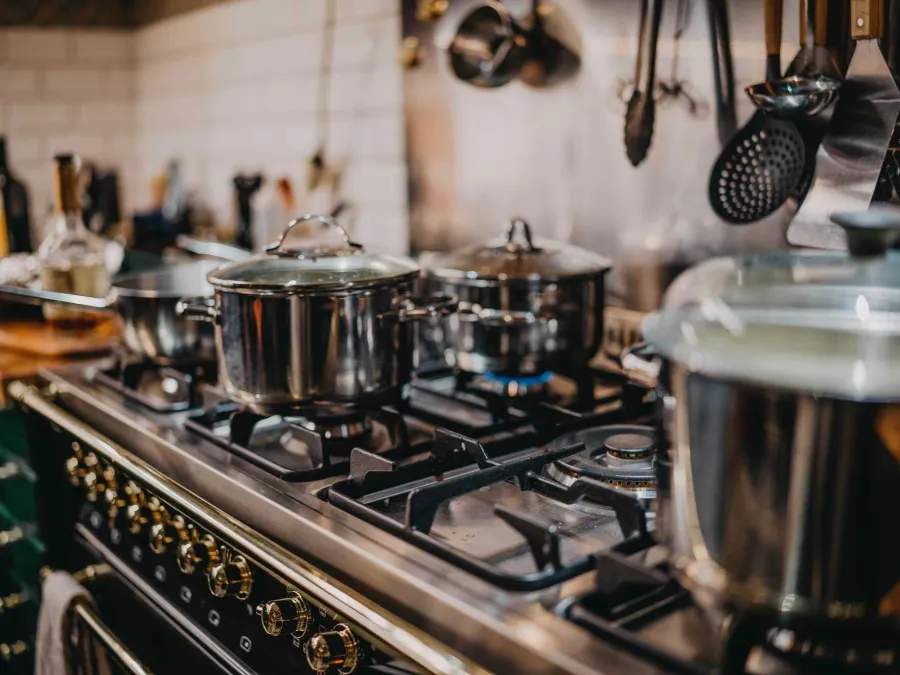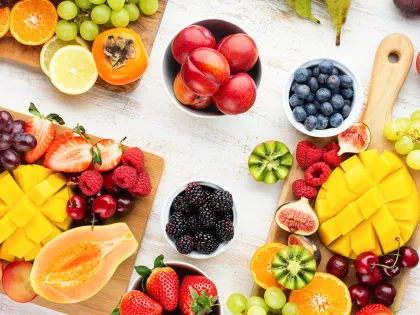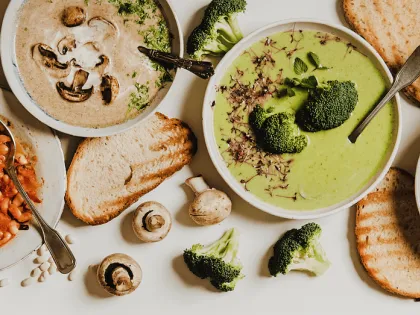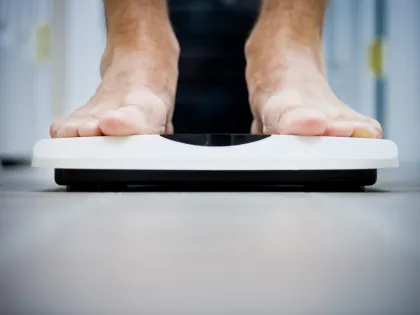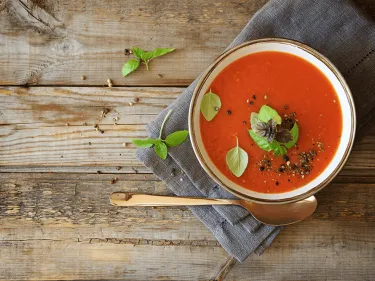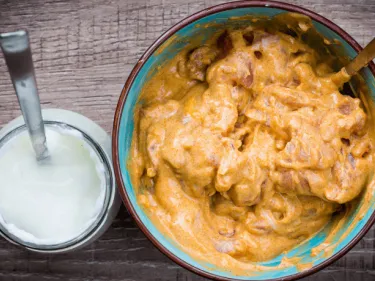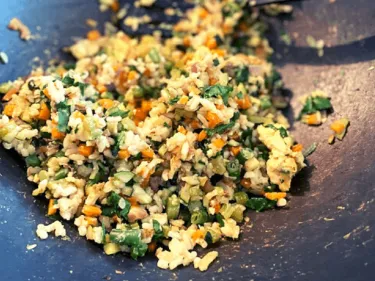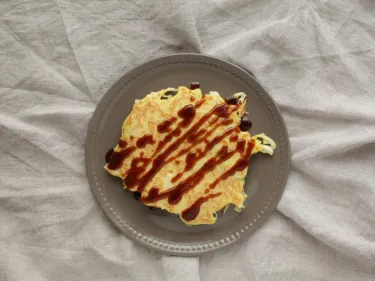Whether you’re in a share house with friends, the family home or living alone, getting an expensive electricity or gas bill is never easy. With the average cost of energy increasing and electricity prices set to increase by 50% and gas by 44% in the next 18 months in Australia, looking at our kitchen appliances could be a way to reduce costs. Recent studies have tested the running costs and efficiency of specific kitchen appliances. Here is how each one stacked up.
What’s the verdict?
Ovens
Ovens were found to be one of the most expensive appliances overall. Ovens are the largest appliance used when cooking. They need more energy to first heat them up to the temperature you plan to cook at, plus actual cooking time. In one study, the average running costs for an electric oven ranged from $31 to $65 per year when running at 170oC for one hour three times a week at 30 c per kWh.
Air Fryers
Air fryers are similar to ovens, though smaller, but do not need time to preheat. An at home experiment found that an air fryer requires 68% of the energy that an oven uses to cook potato chips, with the potato chips cooked in 18 minutes, compared to an oven, which took 32 minutes. Keep in mind that air fryers are smaller than most ovens and can only cook small amounts at a time, so may not be suitable when needing to cook larger portions of food or when cooking for more people. The average running cost of an air fryer ranged from $9 - $51 per year when used for 30 minutes, three times a week at 200oC.
Cooktops
Energy and cost savings varied with type (induction or ceramic). Induction cooktops were found to be the most efficient as energy used to heat up the pot or frypan did not escape from the sides of the pans. Ceramic cooktops were a similar inexpensive option with yearly running costs averaging at $33-$53 per year and induction cooktops $32-$56 per year.
Microwave
Microwaves work by heating up water particles within a food. Microwaves work quickly to heat up or cook foods, and similar to air fryers, require less energy because they do not need to pre heat before reheating or cooking. Microwaves are another small appliance that are relatively inexpensive to use, whether for heating up leftovers, cooking vegetables or cooking meals. Microwaves vary in size and how much power they can produce, which influences how much energy they use. One study of 54 microwaves, that were used for reheating foods only, estimated energy costs to be between $9.48 - $16.72 per year for reheating a plated meal once a day.
Other appliances
Other popular kitchen appliances include pressure cookers and slow cookers. A study showed pressure cookers can cook 1kg of potatoes in 20 minutes compared to 30 minutes in a normal saucepan. Slow cookers are convenient due to the cooking methods, but still expensive to run. Slow cookers are equivalent to the cost of running an oven, due to the longer amount of cooking time.
In summary
| Appliance | Oven | Air fryer | Cooktop | Microwave | Pressure cooker | Slow cooker |
| Energy usage | 2.53 kW / hour | 1.43 kW / hour | 0.72 kW / hour | 1.1 kW / hour | 1.26 kW / hour | 0.30 kW / hour |
| Total running cost per year for average use (based on 30c/kWh) | $31-65/ year for 3 hours/ week at 170°C | $9 - 51 / year for 90 minutes/ week | $32-56 (induction) and $33-53 (ceramic) / year for 90 minutes/ week | $9.48 - 16.72 / year for reheating a plated meal every day | $46 / year for 90 minutes/ | $32-98 (low temp) and $23-84 (high temp) / year for 8 hours per day, 3 x per week |
Top tips to cutting down your energy bills
Other than turning the light off in the kitchen when you are finished, we have some other practical tips for slashing the cost of your bills:
- Only heat the amount of water or food that you need to use
- Chop foods such as vegetables and meat smaller so they cook more quickly
- Resist the temptation to peek at what is in the oven. Every time you open the oven more heat escapes, meaning longer cooking times
- Turn appliances off at the switch when you are finished with them, otherwise you are using a small amount of extra energy and may not even know
- Multitask! Try to cook multiple dishes in the oven to maximise energy use
- Defrost foods in the fridge before cooking to reduce cooking time
Weigh up your options
All appliances have benefits and limitations. Some appliances, such as an air fryer and a slow cooker, may cost more money upfront, but depending on your circumstances, they may offer savings in the long term. Consider how you cook, who and how many you are cooking for, and whether you will consistently use a new appliance before you buy one. Check out our healthy, easy recipes that are quick, and low in cost, and don’t forget to use the filters to sort by the type of appliance you are using.
